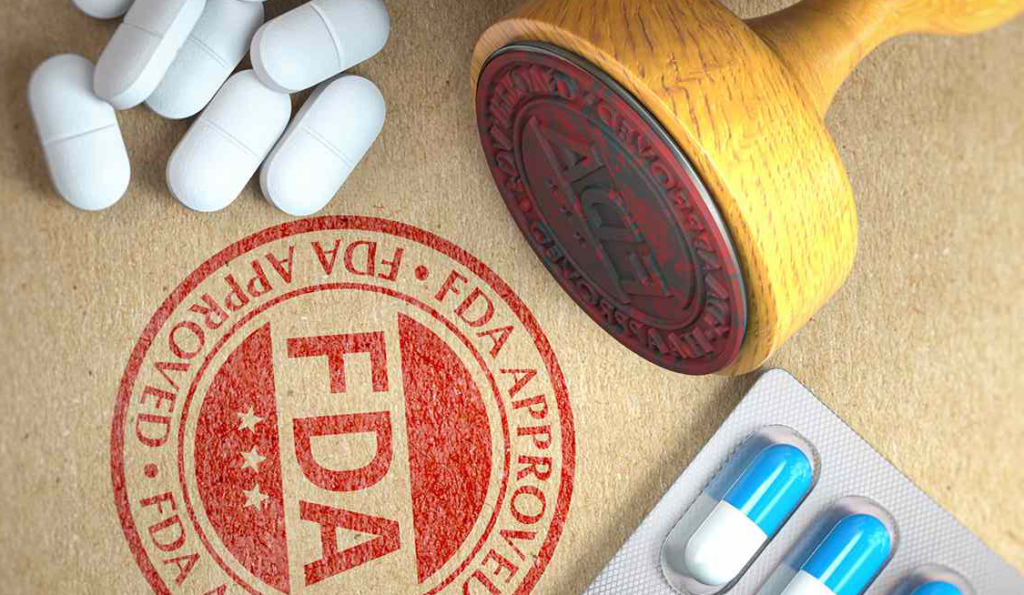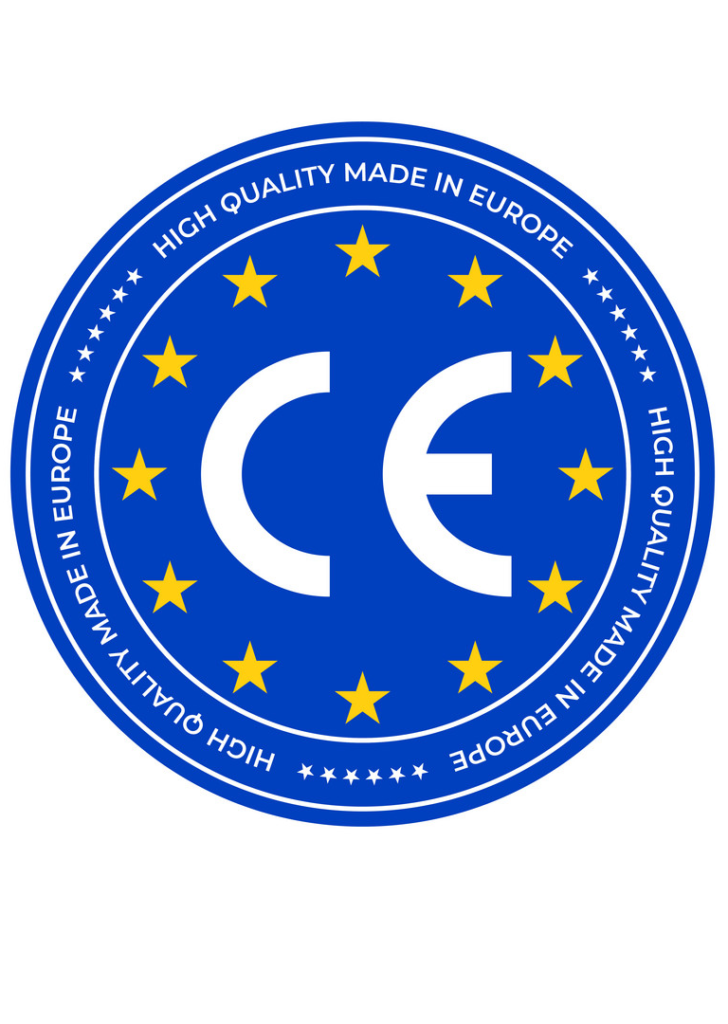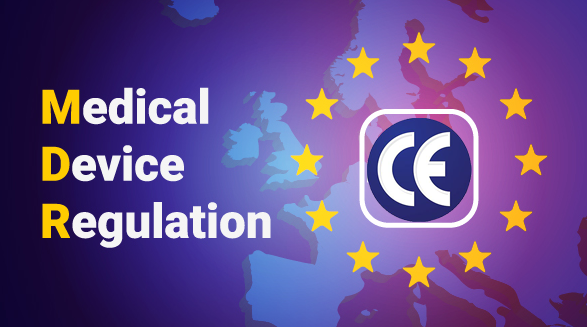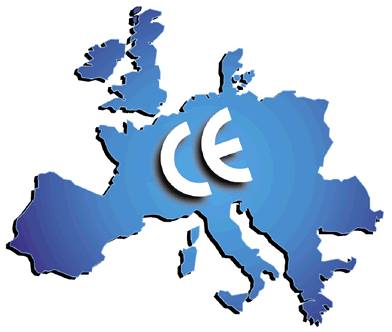
EUROPEAN UNION
European Commission regulates the medical device in Europe. European Commission works closely with the European Medicine Agency (EMA), which is responsible for the scientific evaluation, supervision, and monitoring of the safety of medical devices. They follow the medical device regulation 2017 as their reference document for registering the medical device to manufacture or import medical devices of all classes.
In the MDR article 2 1
(1) The medical device is defined as any instrument, apparatus, appliance, software, implant, reagent, material, or other article intended by the manufacturer to be used, alone or in combination, for human beings for one or more of the following specific medical purposes:
1) diagnosis, prevention, monitoring, prediction, prognosis, treatment, or alleviation of disease,
2) diagnosis, monitoring, treatment, alleviation of, or compensation for, an injury or disability,
3) investigation, replacement, or modification of the anatomy or a physiological or pathological process or state,
4) Provide information through in vitro examination of specimens derived from the human body, including organ, blood, and tissue donations,
and which does not achieve its principal intended action by pharmacological, immunological, or metabolic means in or on the human body but may be assisted in its function by such means.

The following products shall also be deemed to be medical devices:
(A) Devices for the control or support of conception;
(B) Products intended explicitly for the cleaning, disinfection, or sterilization of devices as referred to in Article 1(4) and of those referred to in the first paragraph of this point.
(2) ‘Accessory for a medical device’ means an article which, while not being itself a medical device, is intended by its manufacturer to be used together with one or several particular medical device(s) to specifically enable the medical device(s) to be used per its/their intended purpose(s) or to precisely and directly assist the medical functionality of the medical device(s) in terms of its/their intended purpose(s).
Classification of medical devices as per EU-MDR

i) CE CERTIFICATE:
RT PRO helps manufacturers of medical devices by assessing the impact of MEDDEV 2.7/1 Rev 4 and the EU Medical Device Regulation (MDR) on their devices. Furthermore, RT PRO will assist the manufacturers in updating the existing CER or preparing the new CER, whatever is required.
From MDD TO MDR
The new EU-MDR imposes new requirements on the manufacturers and mainly concentrates on the safety and effectiveness of their devices. Medical devices with a CE mark under the MDD need to update as per the EU-MDR, which will require more documentation. RT PRO consultants examine the existing Technical File or Design Dossier and prepare a comprehensive report of gaps with areas of primary focus clinical literature reviews, risk procedures, post-market surveillance, Economic Operator agreements, and product life-cycle management.

What we do?
1) Helps determine the class of medical device, then will choose the pathway for registration.
2 ) Will perform a gap assessment of the existing technical documentation.3) Will compile the documents supporting a new CE Marking certification, including Clinical Evaluation Report and risk assessment.
4) Assisting in transitioning from MDD to EU MDR CE Marking for existing devices.
5) Evaluating or implementing an ISO 13485-compliant quality management system.
6) Preparing for the inspection of the quality system by Notified Body.
Want a free consultation on the CE certificate strategy? Contact us. We won’t disappoint you, promise!
ii) EU Clinical Evaluation Report (CER)
Effect of MEDDEV.2.7/1
MEDDEV 2.7/1 “Clinical Evaluation: A Guide for Manufacturers and Notified Bodies” provides a systematic and robust approach to CER processes. Technically, MEDDEV 2.7/1 is a guideline and not a regulation. But Notified Bodies expect the manufacturer to comply with MEDDEV for their medical devices. Rev 3 was replaced by Rev 4 in June 2016, and the changes between the two revisions were extensive. Rev 4 is stricter and requires manufacturers to provide excellent information in terms of quantity and quality for clinical evaluations. Furthermost, the guideline now pays close attention to the CER content, postmarket planning, and supporting clinical evidence of any medical device. Organizations must know that it is applied to all medical devices, regardless of class or how long they have been safely sold on the market.
What we do?
- MDR impact assessment
- EU-CER assessment
- The Strategy of the medical device Clinical Evaluation Plan
- Clinical evaluation Plan
- Clinical Evaluation Report
- Clinical Literature Review Safety and Performance.

Want a free consultation on the CER strategy transition from MDD TO EU-MDR? Contact us. We won’t disappoint you, promise!
iii) GAP ASSESSMENT
Gap assessment is the first step to understanding the gaps between the existing document and the guidelines that need to apply. Gap assessment helps the team, whether manufacturer or consultant, understand what kind of new information to provide to comply with existing guidelines. It helps to strategies the compliance policies saving everyone involved time, energy, and money.

What we do?
RT PRO gap assessment for compliance with EU MDR 2017/745 includes:
- Classification of current device(s) and whether it has changed
- Clinical evaluation reports (CER) and literature reviews
- Risk management files and procedures
- Status of existing testing to current standards
- Postmarket surveillance processes
- Procedures for managing your supply and distribution chains
- Product life-cycle management
- Labeling changes that may be required
- UDI compliance needs
Want a free consultation on the Gap assessment to strategies the transition from MDD TO EU-MDR? Contact us. We won’t disappoint you, promise.